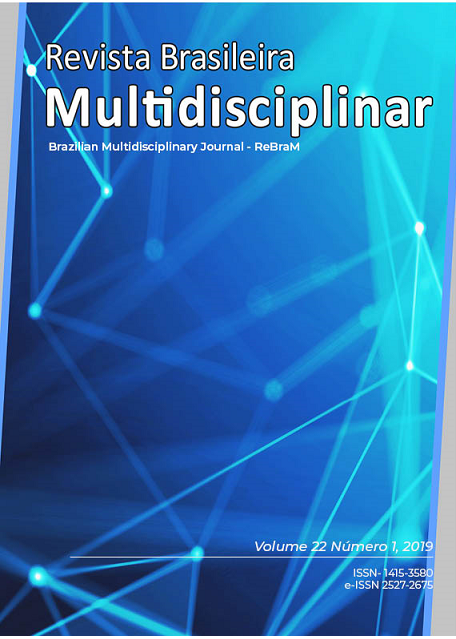Public transport through microscopic investigation: a study of bacterial contamination and resistance profile
Main Article Content
Abstract
Vehicles of public transport present surfaces that receive high index from manual contact being able to act as potential reservoirs of pathogens. The present study evaluated the bacterial contamination in vehicles of the intercampi transport of a federal university in the city of Uberlândia, Minas Gerais. For this, samples of four buses had been collected, in four strategical places of bigger contact with the hands of the users, in total of 192 samples, analyzed how much the counting of bacteria mesophilic, qualitative analysis and the profile of resistance to antimicrobial. The count of bacteria had been bigger in the bar of entrance and horizontal upper bar, and the identified bacteria more had been: Enterobacter cloacae, Serratia marcescens, Salmonella sp., Shigella sp. e Staphylococcus aureus, with resistance mainly to the ampicillin, aztreonam, imipenem, for the enterobacterias and penicillin and erythromycin for the S. aureus. The results of this study suggest that the contamination of the evaluated vehicles reflects the hands of the users, therefore, it is also necessary to adopt policies of good hygiene practices.
Downloads
Article Details
• The author (s) warrant that the contribution is original and unpublished and that it is not in the process of being evaluated in other journal (s);
• The journal is not responsible for the opinions, ideas and concepts issued in the texts, as they are the sole responsibility of the author (s);
• Publishers have the right to make textual adjustments and to adapt the article to the rules of publication.
Authors retain the copyright and grant the journal the right of first publication, with the work simultaneously licensed under the Creative Commons Attribution License, which allows the sharing of work with acknowledgment of authorship and initial publication in this journal.
Authors are authorized to take additional contracts separately, for non-exclusive distribution of the version of the work published in this journal (eg publish in institutional repository or as book chapter), with acknowledgment of authorship and initial publication in this journal.
Authors are allowed and encouraged to publish and distribute their work online (eg in institutional repositories or on their personal page) at any point before or during the editorial process, as this can generate productive changes as well as increase the impact and citation of the published work (See The Effect of Free Access) at http://opcit.eprints.org/oacitation-biblio.html





